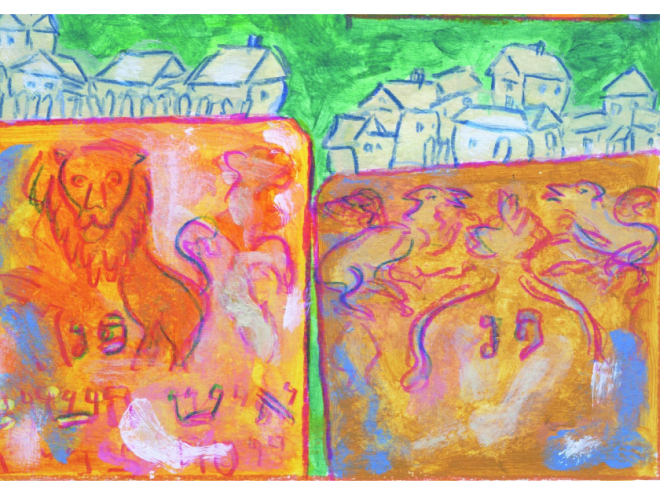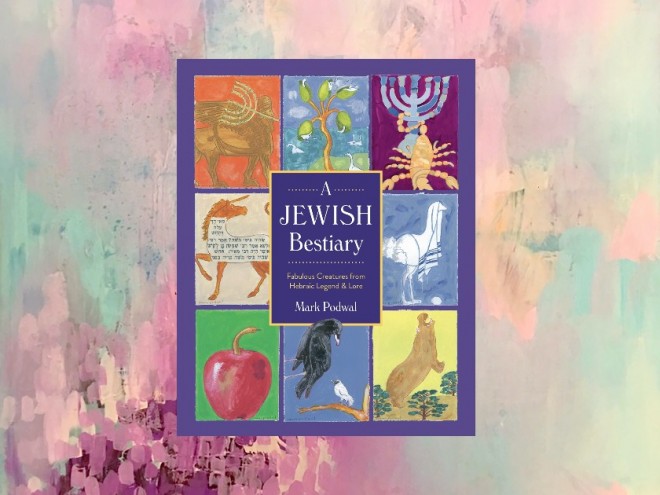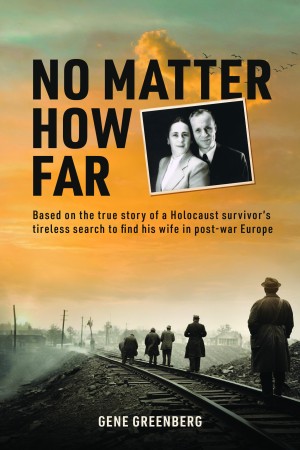In a ghetto, on the evening before Purim, in a nondescript place (“somewhere in the East,” we’re told, because this nightmare could have occurred in any number of places), a rabbi faces a harrowing choice. The “enemy,” also unnamed, but with little doubt of its identity, will hang ten Jews on Purim to avenge the death of Haman’s sons. Which ten is up to the rabbi and, if he doesn’t choose, the whole community dies.
Throughout the night the rabbi searches for guidance. He turns to his bookshelf and “from book to book, from century to century, from guide to guide,” he consults the spirits of the rabbis who came before him.
In the sages’ responses we see enduring Jewish themes. The Rambam advises a united front, “No community … may sacrifice one of its members; rather perish together than hand over to the enemy … one of its children.” The Besht tries joy in the face of despair as if, through the power of song — niggun — goodness will prevail. Rabbi Eliyahu does a little language analysis: “The enemy demands ten names, right?” So, he writes his own name ten times. None of these suggestions satisfies the rabbi. In the end only the niggun survives.
The text was first published in 1978 in a collection of essays that has long since gone out of print. It was a bookseller and former student of Elie Wiesel’s who found the essay and brought it to the publisher’s attention.
Elisha Wiesel, Elie Wiesel’s son, writes in the Introduction to the book that the tale is based on events that occurred in Polish ghettos during the war. Elisha finds himself wondering where, in his father’s story, are the resistance fighters? Where are the heroics? “My father…fought by infusing his stories with hope…my father fought for memory,” he concludes.
The tale itself is a tribute to memory: that of the sages and their enduring wisdom, that of communities of Jews who perished. It unfolds as a memory in the making, ending with a collective song that survives in perpetuity.
The story is written as a short narrative poem with devastating impact. It is beautifully illustrated and accompanied by a helpful glossary contextualizing references to historic rabbis, cities, and concepts, including that of niggun, a mystical song, which one rabbi called “the pen of the soul.”
Ada Brunstein is the Head of Reference at a university press.






